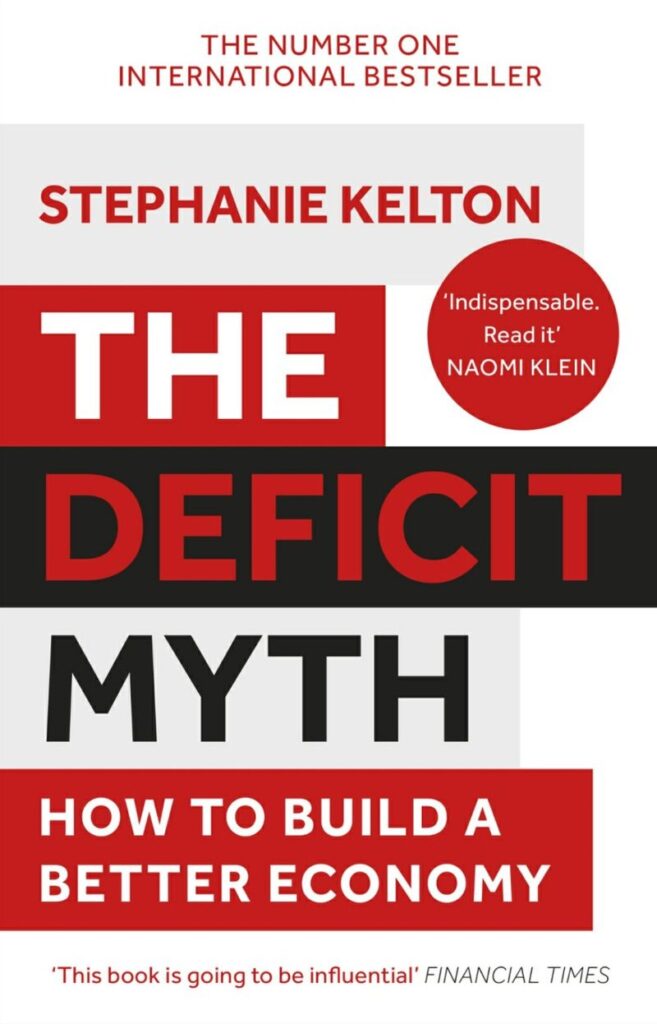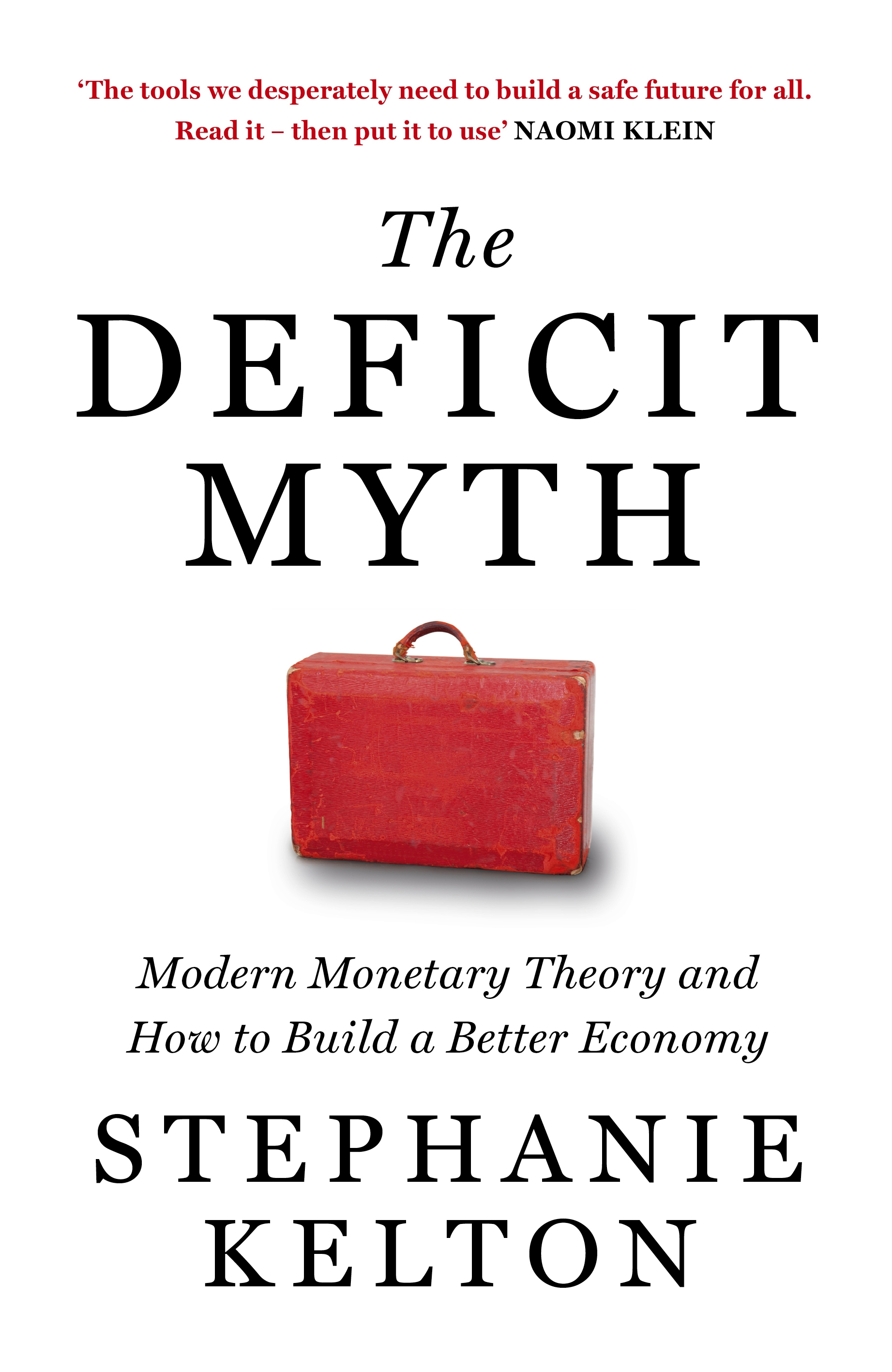

That said any student of history is aware of what types of things have happened in history when governments have deemed their ability to produce money effectively unlimited and suggested that people can have the benefits of spending without the costs. government can create money and does not need to budget its affairs the way a household does. That said it simply did not substantiate its arguments and settled on simply repeating them again and again. The book claims that it is not advocating a free lunch, which would be dangerous, and makes compelling points that we are underspending in key areas.

might do to other countries and possibilities are not really discussed here. is the global reserve currency and billions around the world are forced to transact and save in it its unclear what potentially unlimited money spending in the U.S. If there is a model proposing how to know that I'd like to see it but this book does not provide one. On one hand, if inflation is the only check on spending that tells us its time to rein it in or impose new taxes, we should really know what level we consider acceptable and have safeguards to protect against the most disastrous outcome of hyperinflation.

I'm open to these arguments and consider them well-intentioned but I didn't find that this book really substantiated many of its points. Increasing taxes to pay for such things are not even necessary, since taxes don't fund spending and the alleged dangers of money printing are vastly overblown. If true, these arguments would mean that the government can and should be spending much more on improving society and that concerns about large deficits are entirely misguided. Taxes do not fund spending, MMT theorists argue, but are more like a release valve to reduce the total money supply and thereby cool off inflation. Modern Monetarist Theory (MMT) of which Kelton is a proponent argues that demand for national currency is created by the initial act of money issuance and a subsequent requirement imposed on citizens to pay taxes in that currency. This book begins from the seemingly radical premise that as long as a government can issue its own money it need not be concerned with running deficits and can spend as much as it deems fit until inflation starts signalling the need to slow down.


 0 kommentar(er)
0 kommentar(er)
